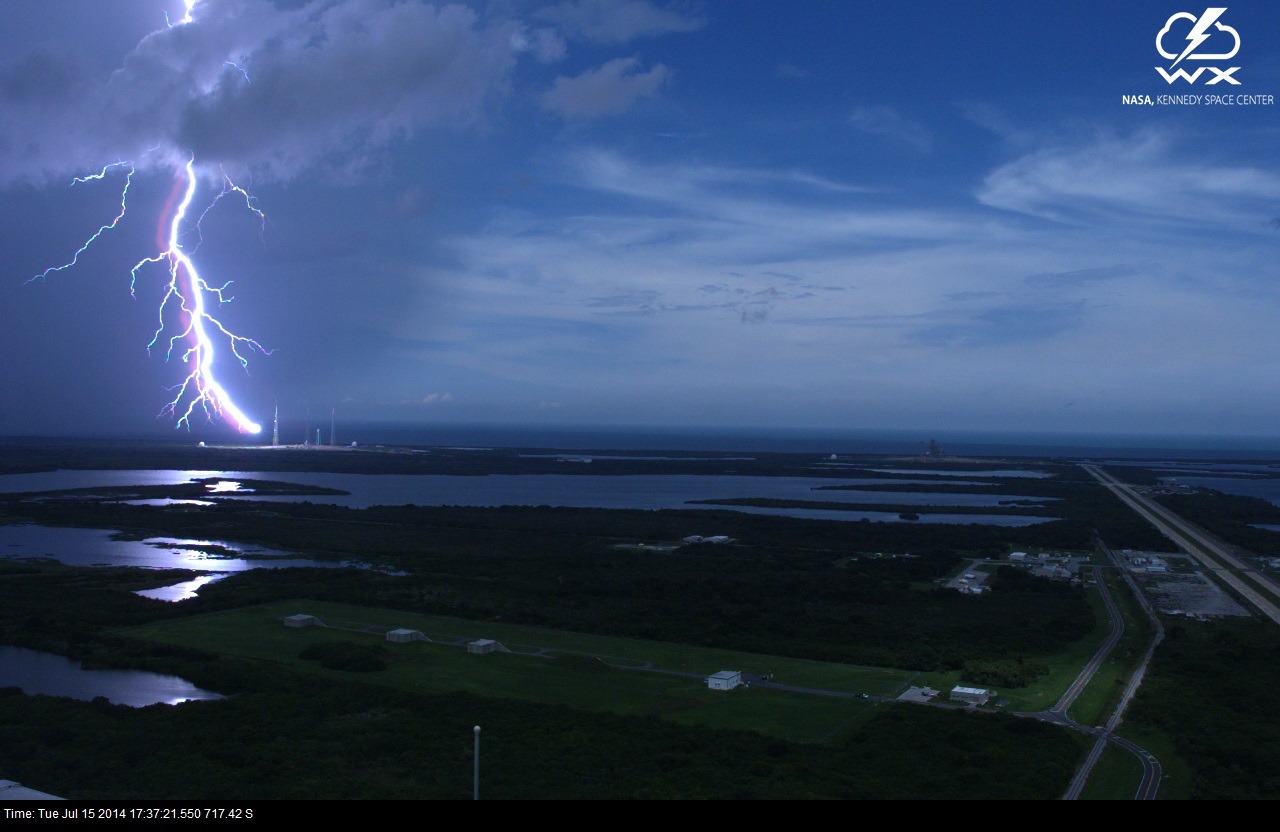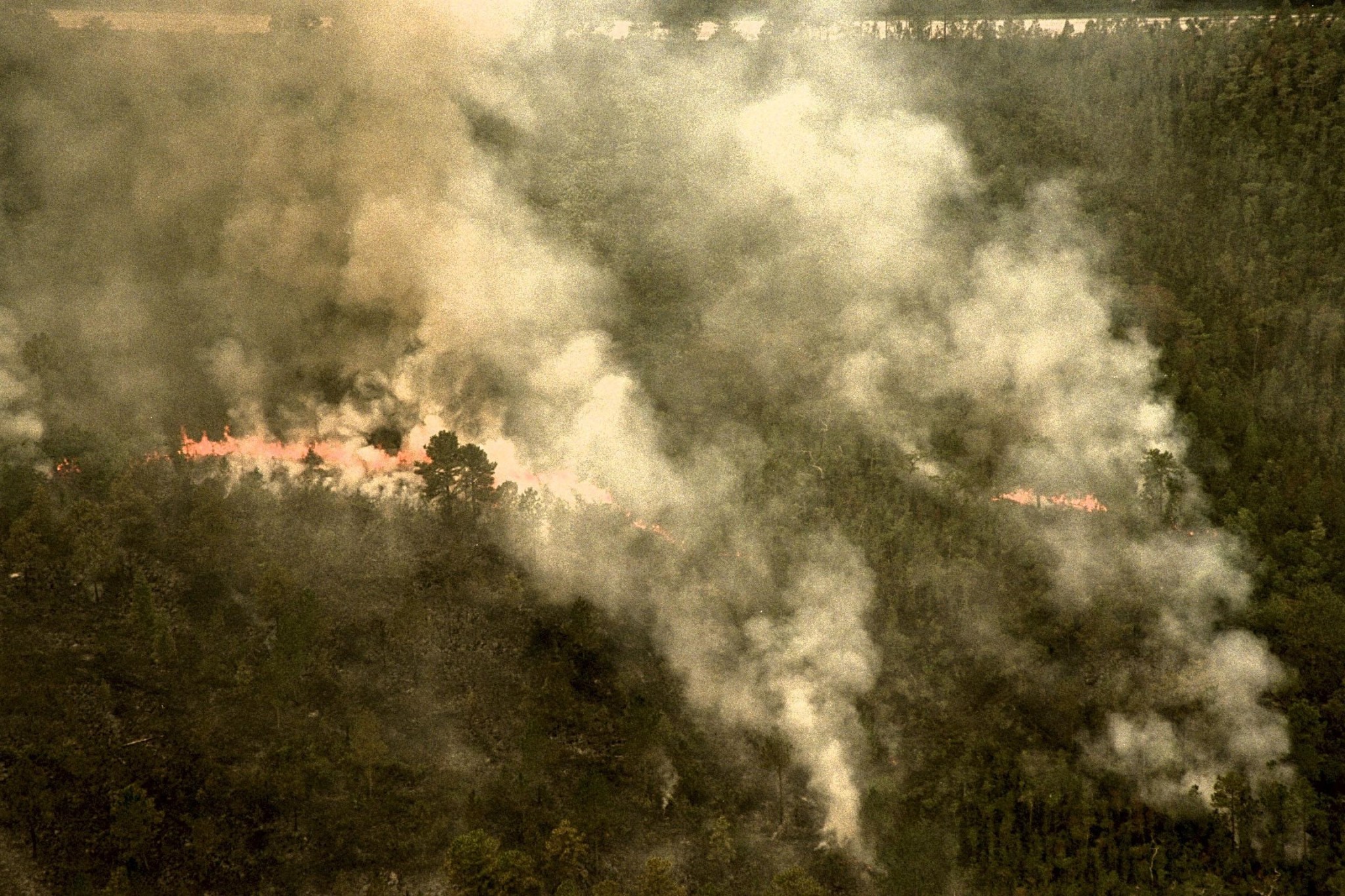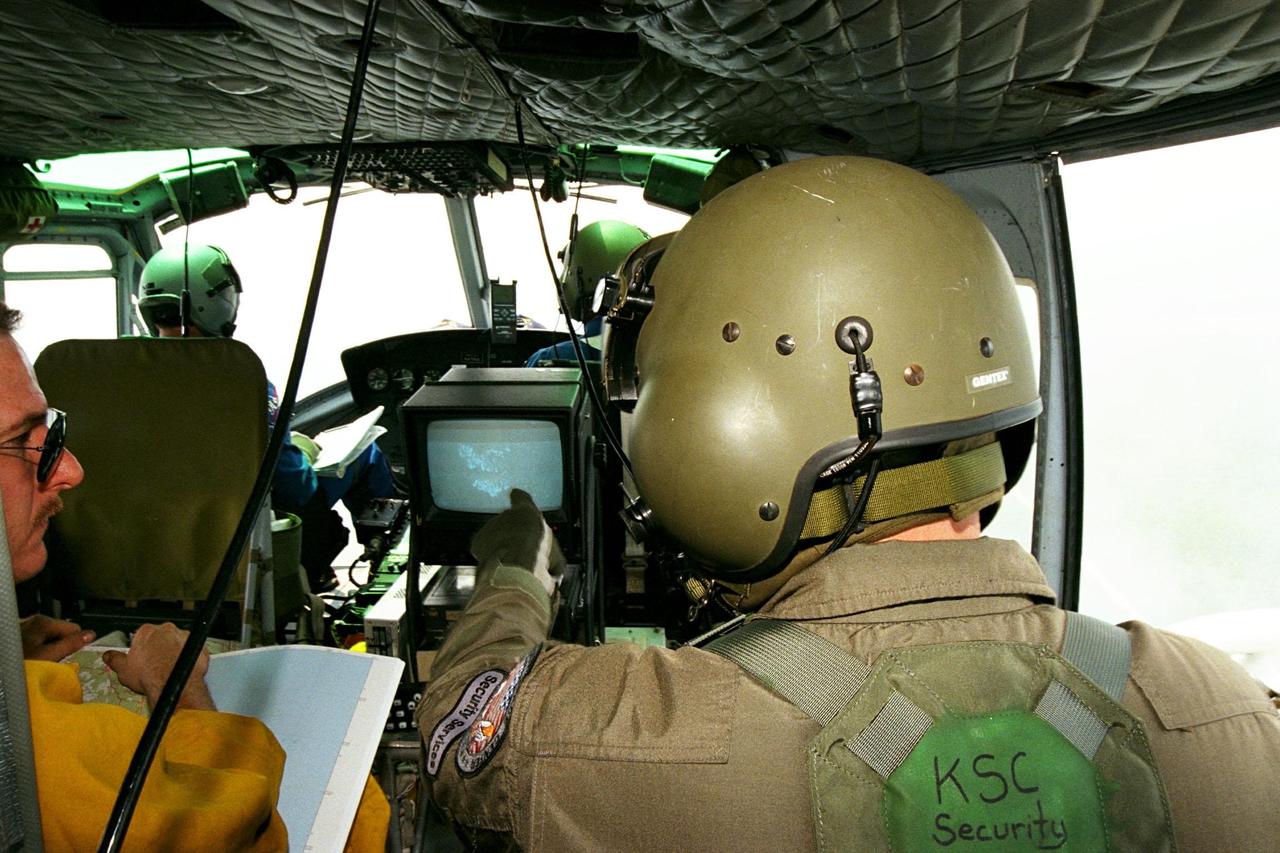5 min read

Lightning Crashes
East central Florida's natural environment and climate have shaped, and delayed, Kennedy Space Center launch operations since the 1960s. Torrential pop-up thunderstorms, Atlantic hurricanes, roasting heat, and other climatic phenomena, including lightning and fire, repeatedly hampered mission timelines and created dangerous conditions for astronauts and workers.
Kennedy Space Center personnel understood the dangers of lightning strikes all too well by 1998. In 1969, two bolts famously struck the Apollo 12 launch vehicle shortly after liftoff. A few years earlier, a worker was killed when lightning hit a Kennedy launch pad. These and other events motivated NASA to install new lightning rods and create new launch procedures.
Fire in the Sky
Although NASA officials were familiar with the dangers lightning posed as the twenty-first century dawned, a 1998 lightning strike created an unprecedented environmental threat to Kennedy Space Center and its launch operations.
In May 1998, lightning sparked a fire in a wooded area of eastern central Florida. This lightning strike and fire were not extraordinary events. Quite the contrary. Over the course of central Florida's long history, lightning regularly ignited wildfires in pine forests. These blazes were often short lived, but they served an important function. Namely, they burned off flammable undergrowth and rejuvenated Florida's wilderness environments.

But the 1998 fire was different. Instead of a lightning strike creating a small fire, which rain and other natural conditions eventually extinguished, it grew into a colossal inferno dubbed the 1998 Firestorm. It was an inferno fed by other lightning sparked fires, a rainy winter, spring drought conditions, and fire suppression tactics.
Beginning in the mid-1900s, residents and fire officials in central Florida regularly extinguished wildfires before they had a chance to burn off flammable undergrowth. This led to a buildup of combustible material in the area's woodlands. It was especially the case after a rainy winter season in early 1998 led to an abundance of low-lying vegetation. Fed by this tinder and a springtime drought, the summer fires spread quickly. They ultimately burned roughly 500,000 acres and created massive clouds of billowing smoke and other environmental hazards.
At one point the smoke from the fires was so thick, officials closed a 140-mile stretch of Interstate 95 and NASCAR officials postponed the annual 400-mile race at Daytona International Speedway, traditionally held on July 4th.

Battling the Blaze
In response to the flames, Brevard County fire official Jeffrey Mahoney publicly requested that Florida Governor Lawton Chiles provide more firefighters and resources. Mahoney argued, and many agreed, that the 500 firefighters valiantly battling the blaze in an effort to save homes and property were no match for the raging fire. "We are asking them to do the impossible," Mahoney told a reporter during the early days of the fire.






